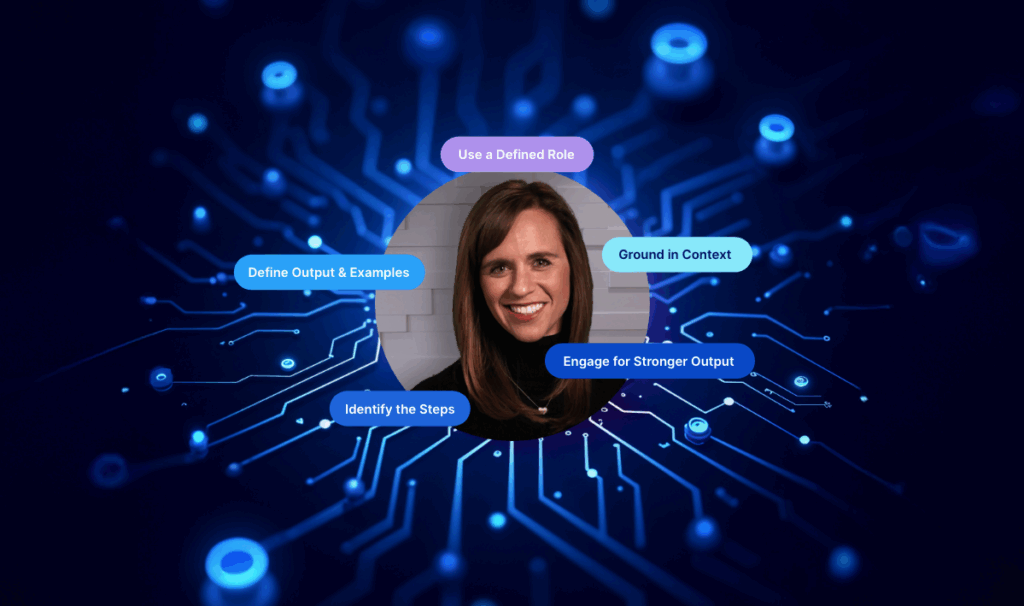In healthcare, health literacy is a person’s ability to access, understand, and use health information. It is the cornerstone of better outcomes, higher satisfaction, and more efficient operations. Yet in the U.S., health literacy remains a persistent challenge.
Whether you’re a Medicare member trying to decipher coverage rules or a busy parent seeking clarity on prescription benefits, the stakes are high. Confusing, jargon-filled communications erode trust, drive up call center volumes, and negatively impact CAHPS scores.
The solution? Empathy, plain language, and smart use of technology like AI writing assistants to ensure clear, consistent communications at scale.
Why Health Literacy Matters
Health literacy is not just a patient problem—it’s a system problem. According to research:
86.6% of Medicare communications are inaccessible to their target audience aged 65+.
Two-thirds of health insurer content is more difficult to read than Moby Dick.
52% of consumers struggle to navigate the U.S. health insurance system.
When members can’t understand their coverage, the consequences are immediate:
Confusion about benefits and processes
Fear about treatment or costs
Lack of confidence in the provider
Increased call center volume, driving up operational costs
As Jack Nelson, a healthcare operations veteran, explains:
“I’m not implying we should dumb things down. I’m implying we should write things with the audience in mind.”
The Link Between Health Literacy and CAHPS Scores
The Centers for Medicare & Medicaid Services (CMS) measures member experience through CAHPS surveys—metrics that now make up 32% of the entire Star Rating.
Plain language = improved member experience = higher Star Ratings.
When members receive clear, easy-to-understand information:
They’re less likely to call customer service for clarification
They’re more confident managing their care
They’re more likely to respond positively on CAHPS surveys
For example, replacing a dense, jargon-filled 59-word sentence about drug coverage with a short, direct paragraph at a 4th-grade reading level can eliminate unnecessary calls and improve satisfaction ratings.
Empathy in Healthcare Communication
Healthcare is emotional. A claims letter or benefits notice is not just a piece of paper—it can trigger anxiety, frustration, or even panic. Empathy in communications means anticipating the emotional state of the member and writing in a way that is:
Clear – free from unnecessary complexity or insider language
Compassionate – recognizing the stress of navigating healthcare decisions
Actionable – providing next steps in plain, direct language
This isn’t just good ethics—it’s good business. Compassionate, clear communication reduces call center demand by 10–30%. That’s less strain on staff, fewer long hold times for members, and significant cost savings.
Productivity vs. Quality: The Call Center Paradigm
Many call centers focus heavily on speed—reducing talk time, increasing calls per hour—at the expense of quality. But the fastest call is the one that never happens because the member already understood their coverage.
Shifting from a “speed-first” model to a quality-first model means:
Onboarding members well – proactive communication and welcome calls to set expectations.
Tracking readability – ensuring all communications meet a minimum standard.
Providing self-service answers – directing members to FAQs or online resources for simple queries.
How AI Writing Assistants Improve Health Literacy
Maintaining consistent, plain-language communication across hundreds of writers, teams, and content types is a monumental challenge. This is where secure, enterprise-grade AI writing assistants—like VT Writer—can transform the process.
Benefits for Health Literacy:
Jargon detection – Automatically flags medical and insurance terms that need simplification.
Readability scoring – Shows grade-level scores and highlights long sentences or passive voice.
Consistency enforcement – Ensures every team, from Claims to Marketing, uses the same clear, accessible tone.
Speed + Quality – Allows content teams to produce large volumes of compliant, easy-to-read material without sacrificing empathy or accuracy.
Secure deployment – For regulated industries like healthcare, AI tools can be hosted on private cloud or on-premises environments to protect sensitive data.
With AI assistance, healthcare organizations can write once, clearly, and correctly—reducing rework, avoiding call spikes, and boosting member trust.
The Business Case for Better Health Literacy
Improving health literacy is not just a compliance checkbox—it’s a growth strategy:
Higher CAHPS scores → better Star Ratings → increased Quality Bonus Payments
Fewer calls → lower operational costs → improved productivity
Greater trust → higher retention and acquisition rates
“Focus on quality. Offer a superior member experience.
Boost your bottom line.”
If you want happier members, better ratings, and lower costs, make health literacy your priority. Use plain language, empathy, and AI writing assistants to deliver clear, consistent communication—every time, to every member.
Because when members understand you, they trust you. And trust is the healthiest outcome of all.








